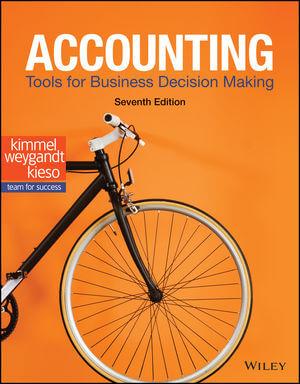Question
AL AIN MANUFACTURING COMPANY - AAC For 6 years, Al Ain Company (AAC) only produced one product: the basic electric kettle for boiling water. The
AL AIN MANUFACTURING COMPANY - AAC
For 6 years, Al Ain Company (AAC) only produced one product: the basic electric kettle for boiling water. The kettle was the first on the market to have a reliability system enabling it to turn itself off at the exact moment when the water had boiled. It is also light enough to be carried easily, looked modern and was quite robust.
From a manufacturing point of view, the kettle consisted of:
*pressed stainless steel body and lid, which AAC bought complete
*heat-insulated handle of wire and plastic, which also formed the cover of the switching mechanism above the hole for electric plug, which AAC bought complete
*heating element, which AAC bought semi-finished
*thermostat and switching mechanism, which AAC pre-assembled from standard electrical components
The thermostat and switching mechanism were both technically, and in market terms, the heart of the product and were protected by a large number of patents. This was the main reason why AAC preferred to manufacturing this part completely whereas it bought all other parts in more or less finished form. Final assembly, test (mainly electrical insulation efficiency) and packaging was also carried out by AAC.
Immediately after it was founded, AAC greatly prospered. The automatic kettle was not only useful in a coffee/tea-drinking country where households needed a convenient supply of boiling water in several different rooms of the house. It also seemed to appeal to the safety needs of housewives who might otherwise have been afraid of an unattended kettle boiling dry, melting and setting fire to the house.
The AAC kettle however confirmed its safety to the housewives every time it switched off in normal operation when the water is boiled. It also profited from the fact that the basic idea behind the thermostat was so beautiful simple, that no effective challenge was ever mounted to its main patents.
Last year AAC manufactured and sold 143,000 kettles for 39 Dh each, but each kettle only costs 20.57 Dh. Look at the figures! The finished components for each kettle cost just over 10.50 Dh, AAC had to spend 100,000 Dh on standard electrical parts for the thermostats, wages costs were 1,128,000 Dh (including health insurance), the plant rent was 100,000 Dh, heat and lighting in that draughty place were 17,000 Dh and all other general expenses were another 95,000 Dh.
At the end of the year AAC had no inventory left in the warehouse; neither finished products nor parts, nor raw materials. The president of AAC (who also the managing director and a partner) looked at those numbers and said "let us party! We have made a profit of 18.43 Dh per kettle".
The financial officer (who is the other partner) said: "don't forget all those people in administration and sales. They cost 451,000 Dh. (including advertising). What about those machines and equipment you had to buy. We have used the machines and equipment, which cost one million Dirhams, so much that we would not even get scrap value from them. They are worn out and worth nothing."
Instructions:
On the basis of the above information:
1-How much did each kettle cost to manufacture and what was the gross margin per kettle?
2-What was the total cost of each kettle, the average net profit per kettle, and net profit for the whole company for the year
3-Can we, in real life, use this sort of product cost calculation in most normal manufacturing companies? If not, why?
Step by Step Solution
There are 3 Steps involved in it
Step: 1

Get Instant Access to Expert-Tailored Solutions
See step-by-step solutions with expert insights and AI powered tools for academic success
Step: 2

Step: 3

Ace Your Homework with AI
Get the answers you need in no time with our AI-driven, step-by-step assistance
Get Started


